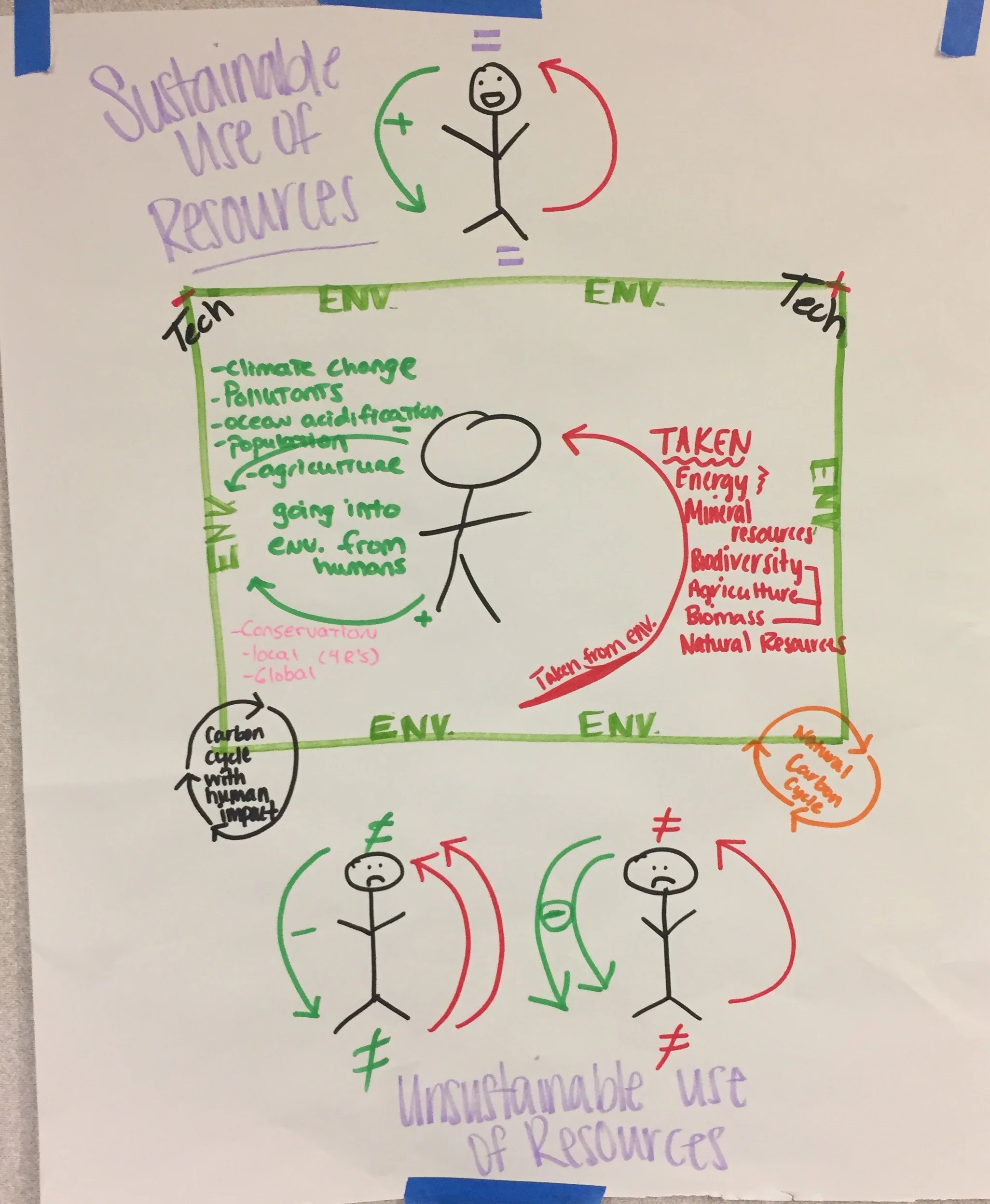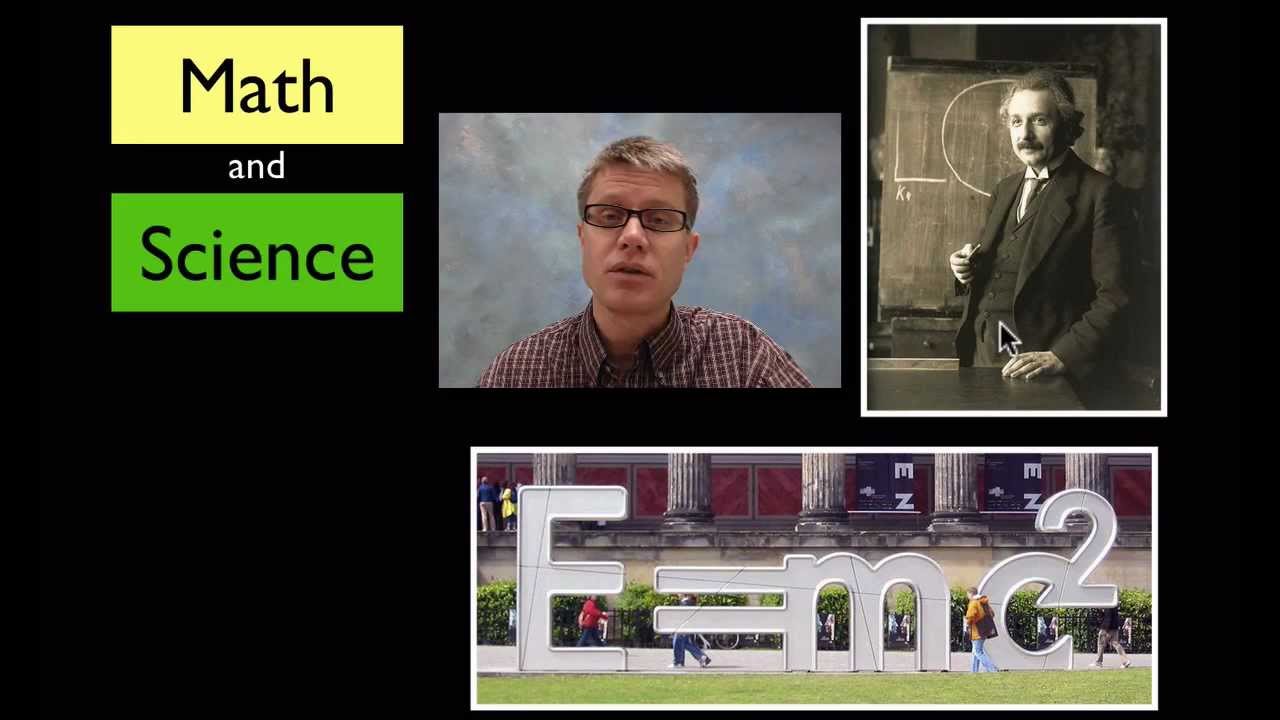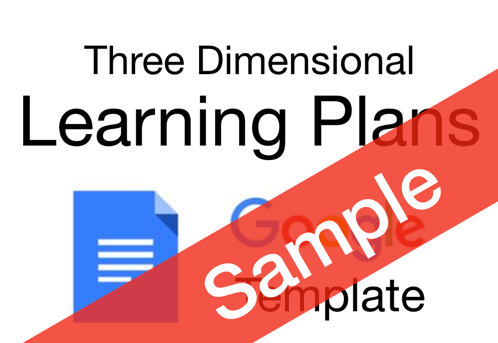HS-ESS3-6: Human Impacts on Earth Systems
Use a computational representation to illustrate the relationships among Earth systems and how those relationships are being modified due to human activity. (Systems and System Models)
Clarification Statement: Examples of Earth systems to be considered are the hydrosphere, atmosphere, cryosphere, geosphere, and/or biosphere. An example of the far-reaching impacts from a human activity is how an increase in atmospheric carbon dioxide results in an increase in photosynthetic biomass on land and an increase in ocean acidification, with resulting impacts on sea organism health and marine populations.
Assessment Boundary: Assessment does not include running computational representations but is limited to using the published results of scientific computational models.
Science Practices
Using Mathematics and Computational Thinking
Disciplinary Core Ideas
ESS2.D: Weather and Climate
ESS3.D: Global Climate Change
Crosscutting Concepts
Systems and System Models
Assessments
The Wonder of Science Assessments
Shared Assessments
The following assessments were shared by teachers implementing the NGSS. Many of these are drafts and should be used accordingly. Feel free to improve these assessments or contribute your own. Learn more here.
Instructional Resources
Mini Lessons
The Wonder of Science Resources
Anchor Charts
Phenomena
Videos
Learning Plans
Storylines
Common Core Connections
Mathematics
HSN-Q.A.1 - Use units as a way to understand problems and to guide the solution of multi-step problems; choose and interpret units consistently in formulas; choose and interpret the scale and the origin in graphs and data displays.
HSN-Q.A.2 - Define appropriate quantities for the purpose of descriptive modeling.
HSN-Q.A.3 - Choose a level of accuracy appropriate to limitations on measurement when reporting quantities.
MP.2 - Reason abstractly and quantitatively.
MP.4 - Model with mathematics.
*Next Generation Science Standards is a registered trademark of Achieve. Neither Achieve nor the lead states and partners that developed the Next Generation Science Standards were involved in the production of this product, and do not endorse it. Visit the official NGSS website.

























